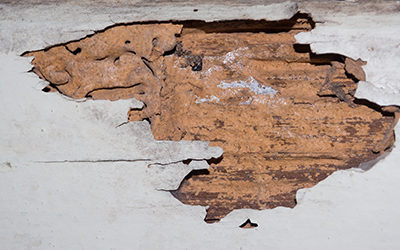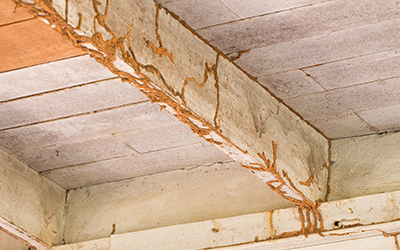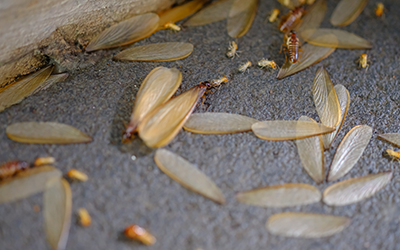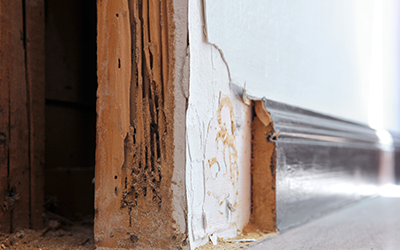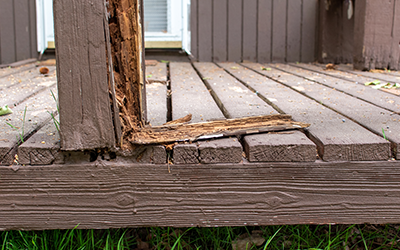Termites may be tiny insects, but they can create enormous problems for homeowners. Referred to as “silent destroyers,” termites are wood-destroying pests that can rapidly damage the structural integrity of a home.
It’s important to understand what termites eat and what attracts them to a home to protect your property from them. Read on to learn about the diet of termites, signs of infestation, and what to do when you discover termites in your home.
